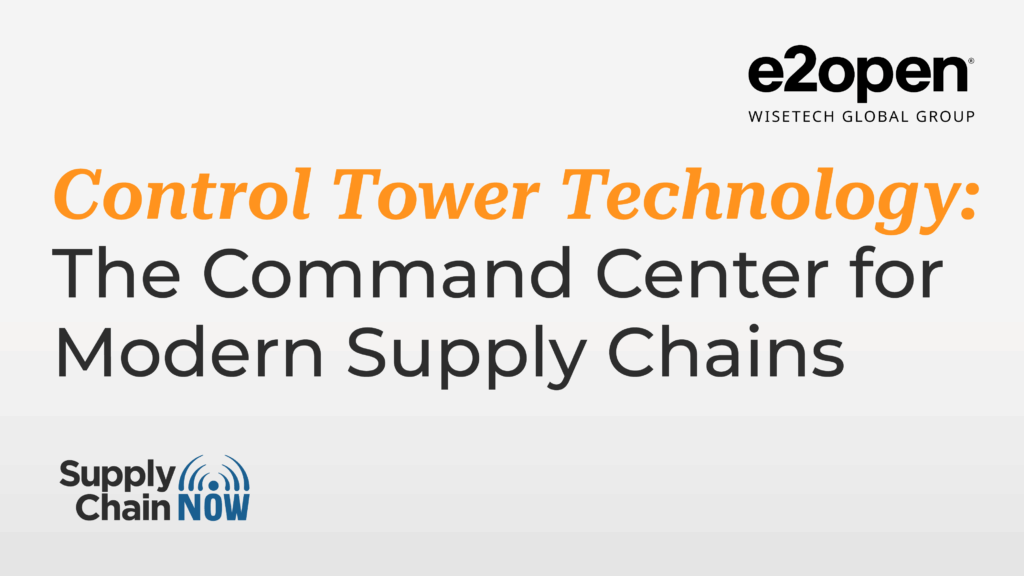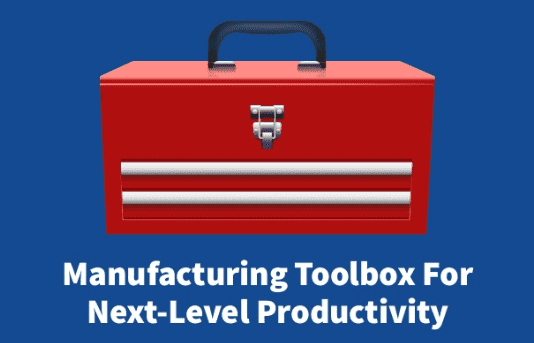
More

supply chain control tower technology
December 15, 2025
Control Tower Technology: The Command Center for Modern Supply Chains
This post is written by our friends at e2open. E2open is the connected supply chain software platform that enables the world’s largest companies to transform the way they make, move, and sell goods and services. Moving as one.™ Learn More: www.e2open.com. Global supply chains are under pressure like never before, and disruptions aren’t rare events anymore—they’re structural, constant, and often originate outside your four walls. A single weak link in your supplier network can ripple across production schedules, customer commitments, and brand reputation. The old playbook of reacting to occasional crises doesn’t cut it. To thrive in 2025 and beyond, companies need real-time visibility, predictive insights, and agile execution. That’s where supply chain control tower technology comes in. What is a supply chain control tower, really? A control tower acts as the command center for your supply chain. It gathers and visualizes data, analyzes disruption impacts, and provides actionable recommendations before problems escalate. Advanced solutions can even automate responses to routine issues and enable cross-functional collaboration to ensure that decisions aren’t just well-informed, they’re executed across the supply chain as well. Why control towers matter now Supply chain risk isn’t a passing cloud; it’s a thunderstorm that…

April 15, 2020
Manufacturing Toolbox for Next-Level Productivity
The story of the manufacturing industry has been one of progress. Few manufacturers continue to produce the same products as they did in their infancy years. In order to remain competitive, manufacturers must continue to evolve their products to meet the demands of the marketplace. But meeting consumer demand is only half the battle — the other half is staying up to speed with industry advancements. New technology brings a host of changes that manufacturers must recognize. For example, increasing dependence on automation leads to the need for more skilled workers who understand these advanced systems. If workers cannot adapt successfully, organizations could find themselves struggling to keep up with the rest of the industry. To remain competitive in this dynamic environment, organizations should have several tools at their disposal that go beyond the physical equipment and technology innovations used in their facilities. These tools are ideas manufacturers can keep in their toolbox and use to produce next-level productivity. For example, one tool can be an investment in regular maintenance, which can ensure that machinery stays in service for as long as possible. This results in higher productivity and fewer costly downtime periods. For more ideas manufacturing companies should keep…
